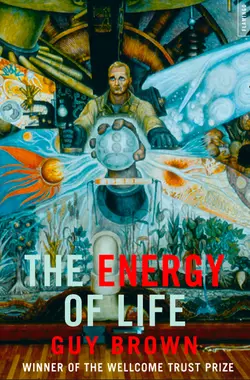The Energy of Life:

Guy Brown
Тип: электронная книга
Жанр: Зарубежная образовательная литература
Язык: на английском языке
Стоимость: 150.68 ₽
Статус: В продаже
Издательство: HarperCollins
Дата публикации: 16.04.2024
Отзывы: Пока нет Добавить отзыв
О книге: This edition does not include illustrations.‘A book that lives up to its title – Guy Brown handles an exciting topic with the energy and expertise it deserves. A first-rate read!’ Roy PorterEverybody knows what it is like to be short of energy, or even full of energy, but what is this stuff that drives our bodies and our minds? Where does it come from, and where does it all go? How does it move our muscles and stir our imaginations? Above all, how can I get some more? This brilliant book follows the development of our ideas of biological energy, from their origins in the very concept of life itself to the latest research on body clocks and brain energy.The Energy of Life answers questions like ‘How is it possible for me to lift my arm just by willing it?’; ‘Why can living things move and dead things not?’; ‘Is there a relationship between mental energy and physical energy?’; ‘Is plenty of orange juice the best prevention of cancer and heart disease?’; ‘Is one girl a fat slob and the next a slim livewire by the accident of metabolism, by having too much or too little thyroid hormone?’; ‘Why are there epidemics of obesity in the developed world and of starvation in the developing world?’; ‘Why don’t diets work?’; ‘Are we born shy or bold?’; ‘What are boredom and fatigue for?’; ‘Why is it that some people are more creative, productive or energetic than others?’ Brown explains our sexual energy too: what causes us to be aroused, and how sexual arousal is sustained; what drives our motivations and passions and why does biting your partner beforehand lead to better sex?